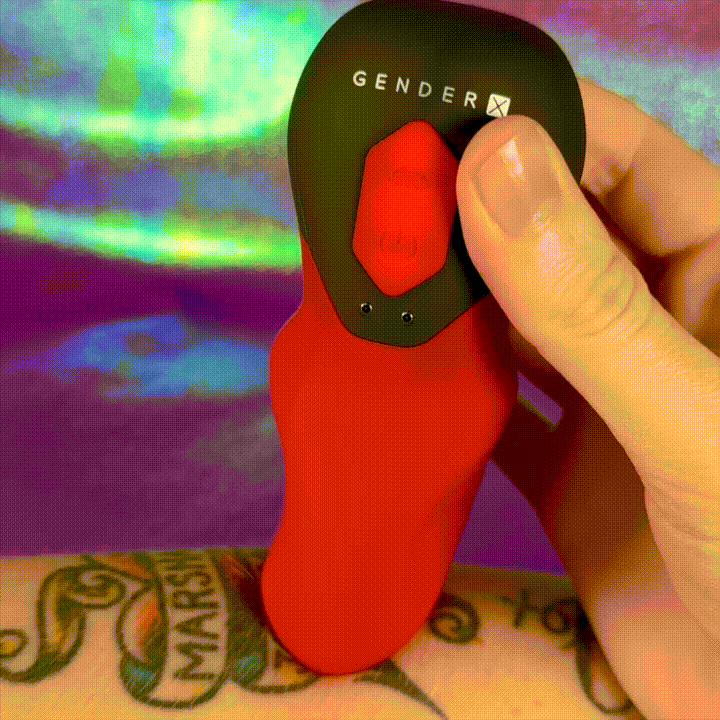
What is a Cervical Self-Exam?
Most of us who have a cervix have no idea what a healthy cervix looks like and most of us have never seen what our own cervix looks like. A cervical self-exam is an opportunity to see parts of your anatomy you may have never seen before! Using a few easy to access tools and follow some simple precautions, you can easily conduct your own inspection of your cervix. A cervical self-exam if mostly about exploring and discovering your own body. It is by no means necessary and should not replace your yearly PAP smears and cervical exams conducted by a doctor. PAP smears are vital in screening for possible issues including cervical cancer.
What You'll Need

To conduct your own cervical self-exam, you’re going to need a few tools. Firstly, you’ll need a speculum – a medical instrument that you may recognize from your PAP smears that looks weirdly like a machinal duck. You can find many versions of speculums available for sale from medical retailers. The safest and most reliable are made from either stainless steel or ABS plastic. These are ideal as they are able to be cleaned thoroughly before and after use. You may also want to familiarize yourself with how it works, practicing opening and locking it. Next get your hands on a hand-held mirror or larger mirror that you can sit in front of. Hand-help mirrors allow of a little more flexibility and accessibility, but a larger mirror can work too. Finally, a small flashlight will help you see your cervix more clearly and some lube to make everything a little smoother are great additions.
The How-To
The most important step before you begin – make sure all your instruments, your hands, and your environment is clean. The vagina is a sensitive eco-system with its own ideal PH balance. You don’t want to introduce any foreign bacteria into your vaginal canal during this self-exam.
To start the self-exam, place yourself in a comfortable position where you can spread your legs wide yet still have visual and physical access to your vagina. Use pillows to support your position. Put some lube on the insertable part of the speculum and try to relax as you insert the tips as far as they will comfortably go. If you feel your muscles tense, slow down and take a few breaths. When you feel comfortable and relaxed, open and lock the speculum like you practiced. Now this frees up both of your hands to grab the hand mirror and the flashlight. Shine the light into your vaginal canal and use to mirror to get a glimpse of your cervix.
So what are you looking at?

Looking down your vaginal canal with the aid of the flashlight and mirror, you should be able to now see your cervix, which will resemble a pink doughnut-like shape. Your cervix is the bottom of your uterus and the only part visible without special medical cameras. Your cervix is the gateway to anything entering or exiting your uterus. Your cervix and the secretions it produces will be different depending on where you are in your menstrual cycle. You may also see natural variations based on factors like if you’ve giving birth vaginally, has previous surgeries, or take hormonal medication.
Cervixes can vary in color from a light white pink to a deep purply red. There may also be small white spots or a variation in color around the opening. Depending on where you are in your cycle, the opening of your cervix maybe be wide or very tight. If you’re menstruating, this is the opening in which blood and tissue leaves your uterus.
If you have an IUD, you should be able to see the string from the base of the device coming out of the opening of your cervix. If the IUD is relatively new, the string will be firm. If. You’ve had it for a while, the string will be softened from the slightly acidic environment of your vagina.
Additional Resources
Check out what a cervix looks like here - https://www.womenshealthspecialists.org/self-help/menstrual-study/29-year-old-womans-cervix/
https://www.beautifulcervix.com/
Additional information on cervical cancer -
https://www.webmd.com/cancer/cervical-cancer/cervical-cancer



